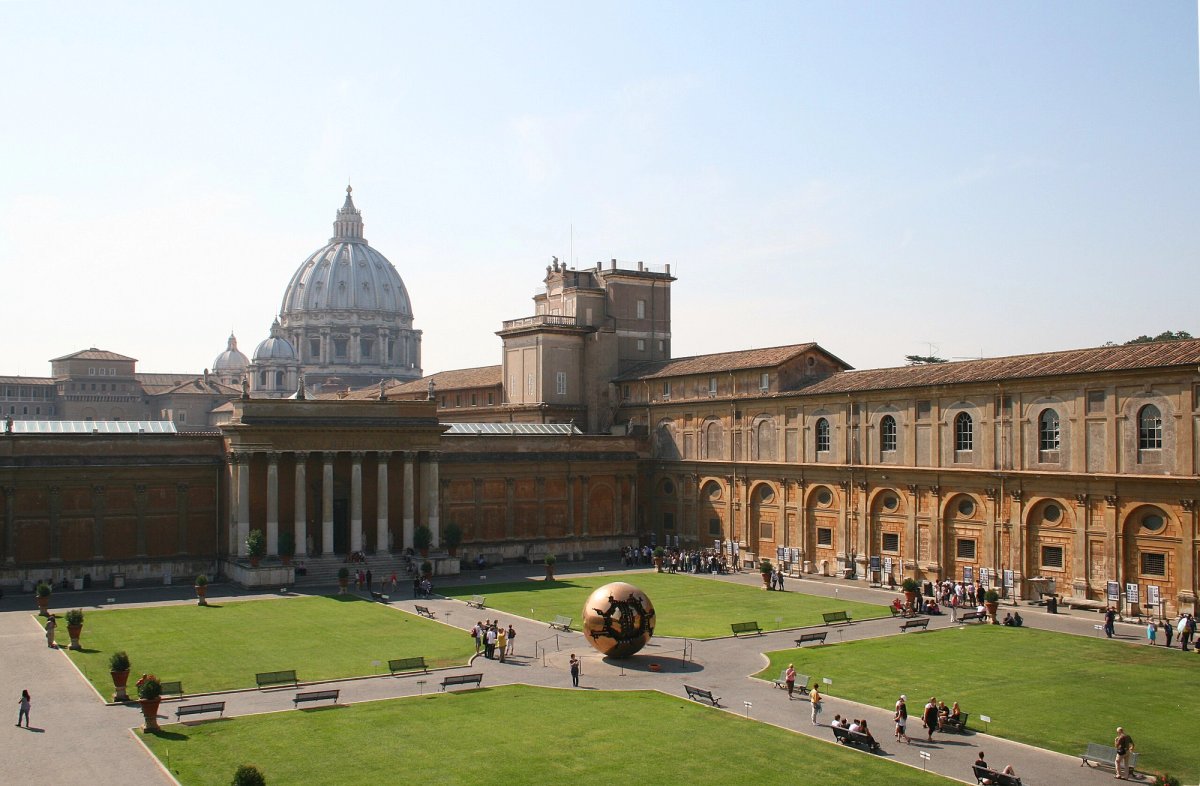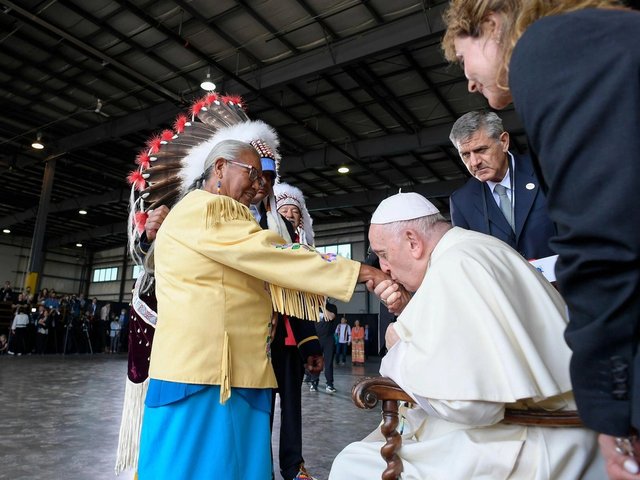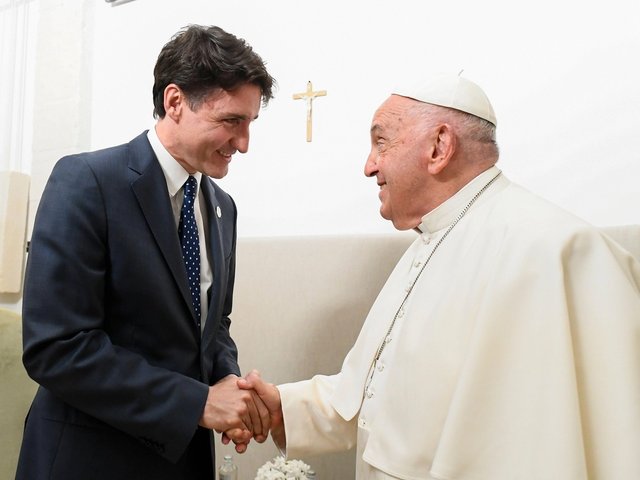An ancient Inuvialuit kayak that has been held in the Vatican Museums' collection since 1925 will be returned to the Canadian Museum of History in Gatineau, Québec, in a historically significant restitution.
The centuries-old kayak, one of only five in existence, came into the possession of the Vatican in the context of a world exhibition organised by Pope Pius the XI, who had instructed Catholic missionaries across the world to provide tangible examples of “Indigenous life” from their assigned regional communities. Over 100,000 objects were sent to Rome in this manner, many becoming part of the Vatican’s permanent collection.
In an era marked in Canada by systems of forced conversion and the moral scourge of residential schools, this Inuvialuit kayak serves as a reminder of colonialist iniquity and Indigenous resilience. A large percentage of the Vatican’s Indigenous collection remains in the ethnological section of the Vatican Museums, known as the “Animus Mundi” or “soul of the world”. Also being restituted to Canada, along with the kayak from the western Arctic, are a face mask from Haida Gwaii, beaded skin moccasins, birch bark etchings and an ivory and seaklskin sled sculpture.
The Canadian Catholic Church and the Vatican are working together to reportedly return the objects by the end of the year, in a “church-to-church donation” process facilitated by the Canadian Conference of Catholic Bishops, the CBC reported.
In 2022, Pope Francis formally apologised for the Catholic Church’s involvement in residential schools during a “penetential” trip to Canada. A year later, he and then-prime minister Justin Trudeau publicly acknowledged the importance of returning the objects, putting pressure on the Vatican to restore them to their rightful locale. When Pope Leo XIV was sworn in, the efforts were renewed in earnest. In a May 2025 interview with the CBC, Chief Bobby Cameron of the Federation of Sovereign Indigenous Nations said of the items’ return: “Every single one of those artefacts are sacred items, crucial for the healing journey for many residential school survivors.”
The organisation, which represents Saskatchewan’s First Nations, has called on the Vatican to return the sacred objects, renewing their request in 2023, when the Vatican formally disavowed the 15th-century “Doctrine of Discovery”, a papal bull that the Church used as the legal framework for its various colonial projects during the so-called “Age of Discovery”.
Gloria Bell, an art historian at McGill University, told the CBC in 2022 that the objects were probably seized under Canada’s federal criminilisation of traditional ceremonies between 1885 and 1951, a narrative shift from the Vatican’s claim that the artefacts were “sent as gifts” to the seat of the Roman Catholic Church.
Gilbert Whiteduck, the education director for Kitigan Zibi Anishinābeg, an Algonqin First Nation, emphasised the need for thoughtful, culturally informed restitution procedure. “It’s not just a matter of taking an object from where it's sitting in the Vatican archives and museum and just moving them over,” he told the CBC. “Some of these objects may very well be, depending on what it is, very sacred in themselves. And ceremony would need to be performed before they can even make this travel, the journey back to where they came from.”
Other Indigenous voices have also raised concerns about the “church-to-church donation” method of restitution. Cheyenne Lazore, the manager of the Akwesasne Rights & Research Office, said that “First Nations need to see what is actually there and we need to identify what belongs to what nation”. As of now, the items will first be returned to the Canadian Museum of History near the capital of Ottawa before their final resting places are decided.






